What Causes An Increase In The Price Of Whisky?
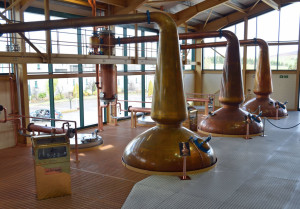
Whisky is currently increasing in price. In actuality, there has never been a time when rare whisky from Scotland, Japan, and Ireland has been more expensive. But only some bottles that hit the markets cost a lot.
Some alcoholic beverages cost the same as they did decades ago, even though some whisky is now more expensive than a high-end sports vehicle. What determines the cost of whisky, then?
How do you know that the whiskey you’re buying today will increase in value tomorrow if you want to make a wise investment in it?
Here are the most crucial factors to consider when looking for a collectible whisky or just a bottle to enjoy with your friends after applying Slots Capital no deposit bonus to play roulette online relaxing at home.
1. Cost of production
The cost of manufacturing is a major consideration in all forms of production. Making whisky requires both time and money. Before it can be called whisky, the spirit removed from the still must sit in an oak cask for at least three years (at least in Scotland).
To brew whisky, many small producers invest significant amounts of money. They lack a global market to sell their goods to, in addition to not having the economies of scale that the larger players do. Most of the time, a larger margin is required to maintain the business viability.
2. Whisky brand
Whisky distilleries date back to the 1700s when distillers were granted permits to begin producing alcohol lawfully through brewing and distillation. The more heritage a distiller brings to the market, the more power they have to raise prices, which affects the market.
Since time is a crucial component in the distillation of whisky, distilleries may typically charge more for older casks.
3. Number of bottles
The quantity of bottles a distillery produces greatly affects the selling price. A whisky may cost less if there are more bottles available for purchase. But what factors into the number of bottles?
Since 40% ABV is frequently the required minimum alcohol content for a beverage to be labeled whisky, less expensive whiskeys are frequently bottled at this level.
The whisky released from the barrel after a specific number of years obviously has a lower alcohol content than 40%. Thus the distillery must first dilute it with spring water. Less whisky is available for sale if the alcohol content of the whisky is increased.
Cask-strength whisky is one that has been bottled directly from the cask. The bottles will cost more if the whisky has been aged in a barrel for a long time and is sold at cask strength. When a whisky is offered as a single-cask, this also affects the number of bottles. Numerous commonly available regular whiskeys are blends of various casks of the same spirit. They go for uniformity by blending various casks to produce whiskies that taste exactly like the other batches. You cannot blend it with other barrels in a single barrel, making it more uncommon. Depending on the age, one barrel of single-cask whiskey can only create about 150 to 350 bottles.
4. Marketing cost
The expense of marketing is a factor for distilleries to take into account as well. It is particularly important if the distillery is new or trying to expand into a new market. In order to expand and enter new areas where potential customers can sample its whisky for free, the distillery typically needs a sizable sum of money.
It could be more challenging if the distillery is new and exclusively sells whiskies without an age statement. Many whisky lovers don’t favor non-Scotch whiskies, which adds to the gloom and doom.
Non-Scotch boutique distilleries face a similar global phenomenon, particularly if they attempt to break into new global markets. Therefore, one of the simplest options for these producers is to raise the price of their whiskies to offset the rising marketing expense.
5. Angel’s share
The “Angel’s Share” is a factor that contributes to whisky bottles’ sometimes high prices. A wooden barrel is used to mature premium whiskey for many years. Natural evaporation causes 1% to 2% of the alcohol in the barrel to be lost per year. This percentage is known as the Angel’s share.
About 30% – 40% of the alcohol in a barrel of whisky that has been aged for 30 years evaporates. As a result, older whiskies’ actual liquid content in the barrel is lower than less aged whiskies. Whiskey is becoming harder to get and more expensive as fewer barrels are left to bottle it. Older whiskies are often more expensive for this reason.
The other justification for these rising prices is the risk distilleries face when they have to keep a barrel for longer. The distillery has to pay for the storage space throughout the years, and another barrel cannot be stored in its place. Older whiskies, therefore, cost more to produce at the distillery.
Conclusion
Several factors distinguish inexpensive and premium whiskies from regular ones, but all in all, whiskeys are generally costing more today. These five are the major factors that determine the price of a bottle of whisky.


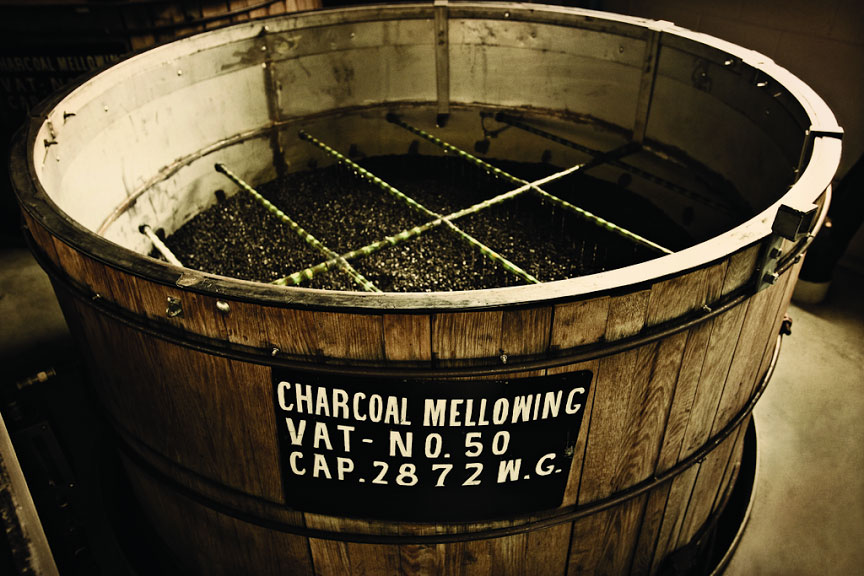
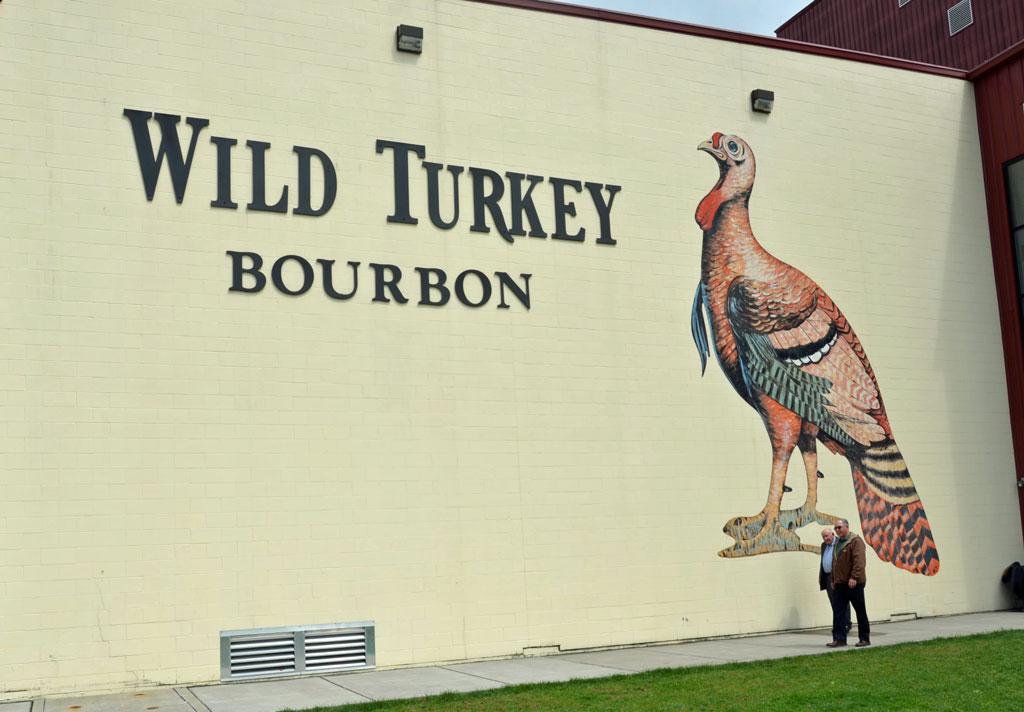
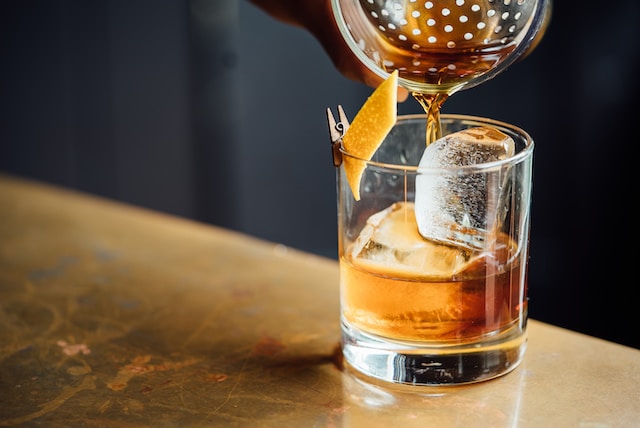
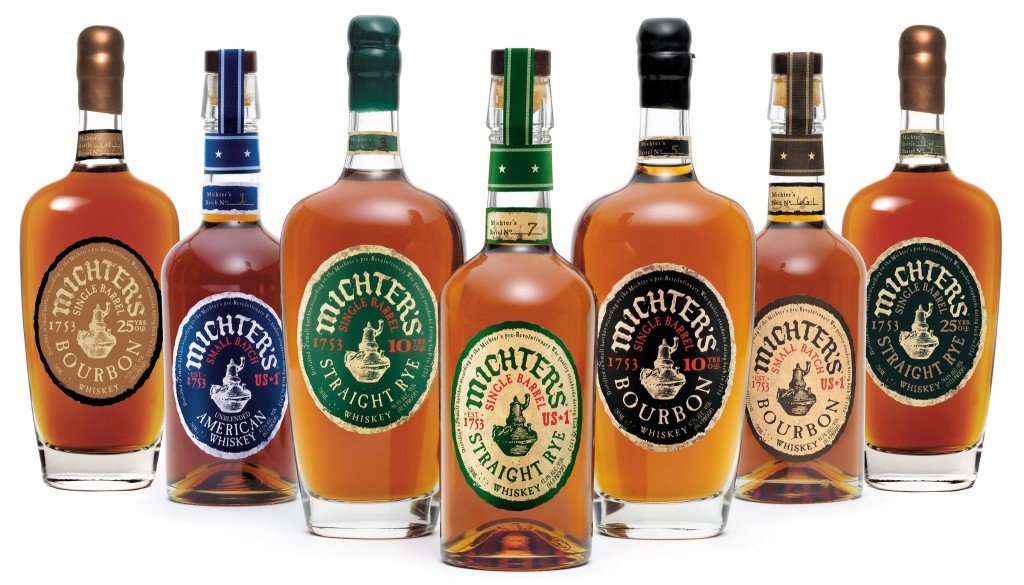
Holy cow guys, did anyone proof read this article? It’s terrible across the board. Whisky with ABV lower than 40% being diluted with spring water to increase proof??? Terrible, terrible article.
Note that it’s sponsored.